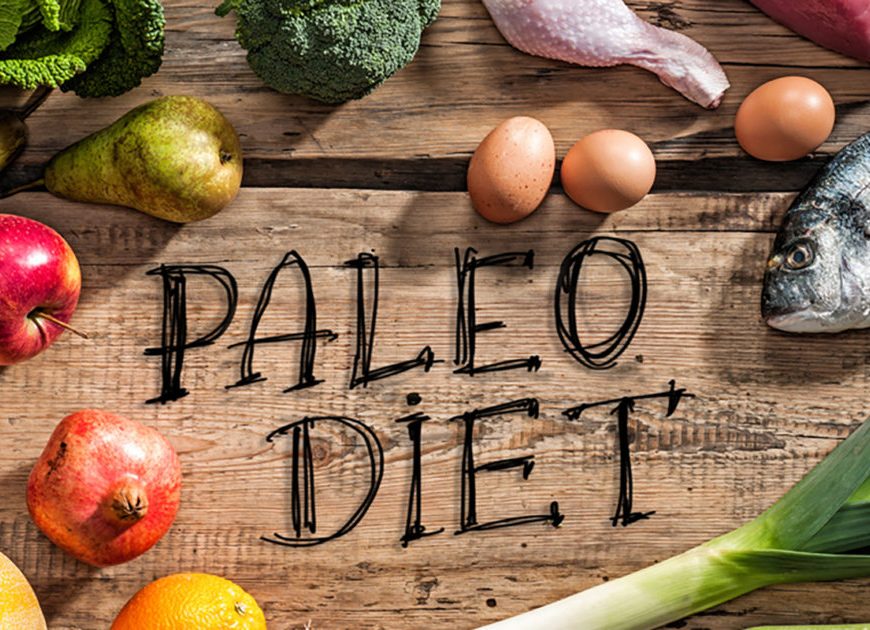The missing link between vitamins and minerals
Phytonutrients (or phytochemicals) is an umbrella term for many beneficial compounds produced by plants. These plant foods are fruit, vegetables, nuts, seeds, whole grains and legumes. Each phytonutrient has a different beneficial effect on the body. Some of them may not have been discovered yet, which emphasises the importance of eating a variety of plants in your diet.
The majority of phytonutrients are also antioxidants. Antioxidants is a broader term, because they can be vitamins, minerals or phytonutrients.
The importance of antioxidants – they are found in some of the healthiest foods. Antioxidants protect the body against free radical damage, involved in the development ageing, cancer, atherosclerosis, high cholesterol, dementia and many other health conditions.
Here is my top 10 list of the most important antioxidant phytonutrients:
- Carotenoids – the most well-known is beta-carotene. It is the pigment that colours fruit and vegetables orange. Found in carrot, pumpkin, kumara, apricot, mango, rock melon, capsicum, as well as leafy greens, tomatoes and peas.

- Polyphenols – cover a group of antioxidants. They are known for their heart and anti-inflammatory benefits. Found in cloves, star anise, cacao and cocoa, dark chocolate, flaxseeds, chestnuts, sage, rosemary, thyme and blackcurrants.

- Flavonoids – a subclass of polyphenols, therefore, provide similar health benefits as polyphenols. Found in red wine, cacao/cocoa, dark chocolate, berries, and the nightshade family of vegetables (eggplant, capsicum and tomatoes).
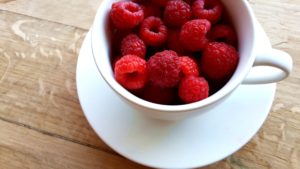
- Anthocyanins – another subclass of polyphenols. They are known to be beneficial for the brain, heart, and they are anti-inflammatory. Found in red/blue/purple like berries, cherries, grapes, plums, eggplant, red cabbage and red onion. Check out my Brain & Heart Tonic.
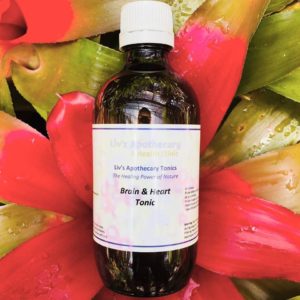
- Resveratrol – a polyphenol which has been popularised due to its occurrence in red wine (red grapes). It is known to be antioxidant, antiaging and anti-inflammatory, while supporting the brain, heart and cardiovascular system.

- Astaxanthin – a pink antioxidant which colours salmon, lobster, crab, shrimp and algae. When these organisms are stressed, they release astaxanthin, a powerful antioxidant that helps protect them against environmental change.
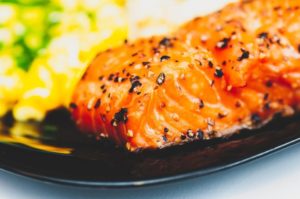
- Lycopene – an anti-cancer antioxidant found mostly in cooked tomatoes (lycopene becomes more available during cooking), plus small amounts in papaya, watermelon, red cabbage, grapefruit, mango, guava, carrot and asparagus.
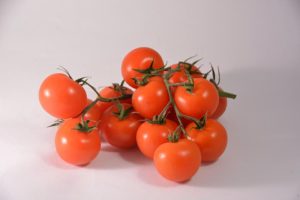
- Lutein and zeaxanthin – the two most powerful antioxidant carotenoids for protecting the eyes against macular degeneration and cataracts. Found in kale, spinach, silver beet, peas, pumpkin, Brussel sprouts, sweet corn and broccoli. Check out my Eye Spy Tonic.
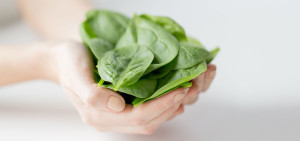
- Catechins – flavonoid polyphenol, known to support weight, cholesterol and heart health. Green tea is the richest source, plus small amounts in berries, cherries, grapes, apples, pears, guava, kumara, broad beans and dark chocolate.

- Quercetin – flavonoid which is strongly antioxidant and anti-inflammatory. Inflammation is linked to all chronic health conditions. Found in tea, berries, cherries, cranberries, grapes, apples, pears, dark chocolate and leafy greens.

Vitamins C and E are antioxidant vitamins. Selenium and zinc are antioxidant minerals.
Glutathione is the body’s most powerful endogenous antioxidant. Endogenous means it is produced within the body, from 3 amino acids, cysteine, glycine and glutamine. Whereas, the other antioxidants are produced by plants and exogenous.
Many foods, herbs and supplements are known to boost glutathione production in the body, including:
- Milk thistle (Herbal Medicine)
- Whey protein (amino acids)
- Sulphur foods (garlic, onion and egg)
- Brassica/cruciferous vegetables (kale, cavolo nero, broccoli, broccolini, broccoli sprouts, cauliflower, cabbage, Brussel sprouts, rocket, bok choy, pak choy, watercress, mustard greens, radish, horseradish, mizuna and turnips)
- n-acetyl cysteine (supplement)
- Alpha-lipoic acid (supplement)
- B vitamins (B6, B9, B12 and biotin)
- Selenium (eat 2-3 Brazil nuts daily)
- Vitamins C (kiwifruit, capsicum, tomatoes, broccoli, berries and citrus fruits)
- Vitamin E (avocado, nuts, seeds, wholegrains, leafy greens and oils)
- Liver (incorporate into meat dishes like mince or casserole for health benefits)
In summary, to get a broad range of phytonutrients and antioxidants… Eat a Rainbow!




